Pro Tips
Release forms are CRITICAL for a company to avoid legal complications. Anyone seen or heard on camera must sign a form.
Discover how color correction can make your videos look more professional and leave a lasting impact on your viewers.
Counterweights, like sandbags, sit there like... well... a lump of sand. But they are absolutely essential to a safe video production.
Being on camera is difficult, but the teleprompter helps to eliminate nerves and makes memorization unnecessary.
Different platforms require different video specs, and one big differentiator is portrait (vertical) vs. landscape (horizontal).
Have a look behind-the-scenes at this small-but-mighty piece of paper that ensures we deliver a quality video for our clients.
Number of cameras, number of microphones, whether or not to have multiple camera operators, how many outputs… these are all questions that will have a huge impact on your livestream quality and budget.
Budget is the first thing to take into consideration if you want to livestream an upcoming event.
The scene behind your on-screen talent can either distract or help direct the audience’s attention to the main event.
Our webinar covers what you need to know if you are considering livestreaming so that your event can be enjoyed by a live, virtual audience.
Clients sometimes ask to keep all their raw footage, leading to the important question, “Do you have enough room for it?”
Hollywood crews are in the double and triple digits, but corporate-type videos often require less.
All platforms have strengths and weaknesses because each was designed with different goals and audiences in mind.
An unstable connection during a Zoom call is frustrating enough, but during a livestream? Your credibility is at stake.
One of the factors that made my Emmy-nominated video so powerful was the incredible interview. How did I get it?
On a long filming day, water, coffee, snacks and lunch are absolutely critical to have on hand.
There are inevitable hazards on every film set - after all, we do use top-heavy equipment, lots of electricity, and really hot stuff.
You typically have two options, either you can look straight into the camera or slightly to one side.
Vertical video is taking the social world by storm, made popular by the fact that 60% of videos are watched on phones, and 94% of us use our phones vertically.
Copyright laws mean that you can't just use any music track, even if the video is not for profit and even if you give credit.
The result is that you maintain eye-contact with the camera - which helps you connect with your audience - and are able to read through exactly what you want to say.
You do need to get a signed video release form for any person that you film, even if they work for your company.



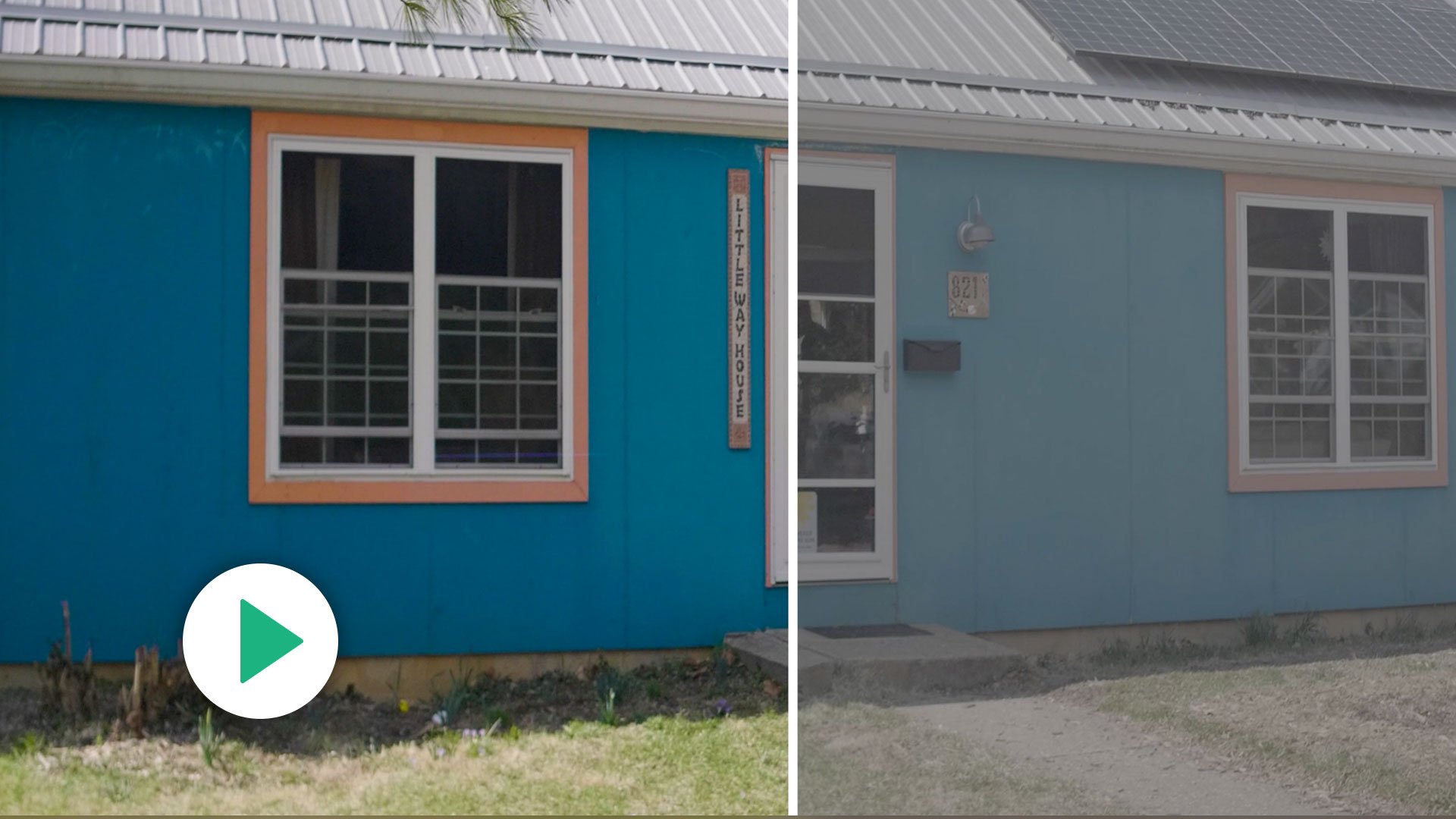

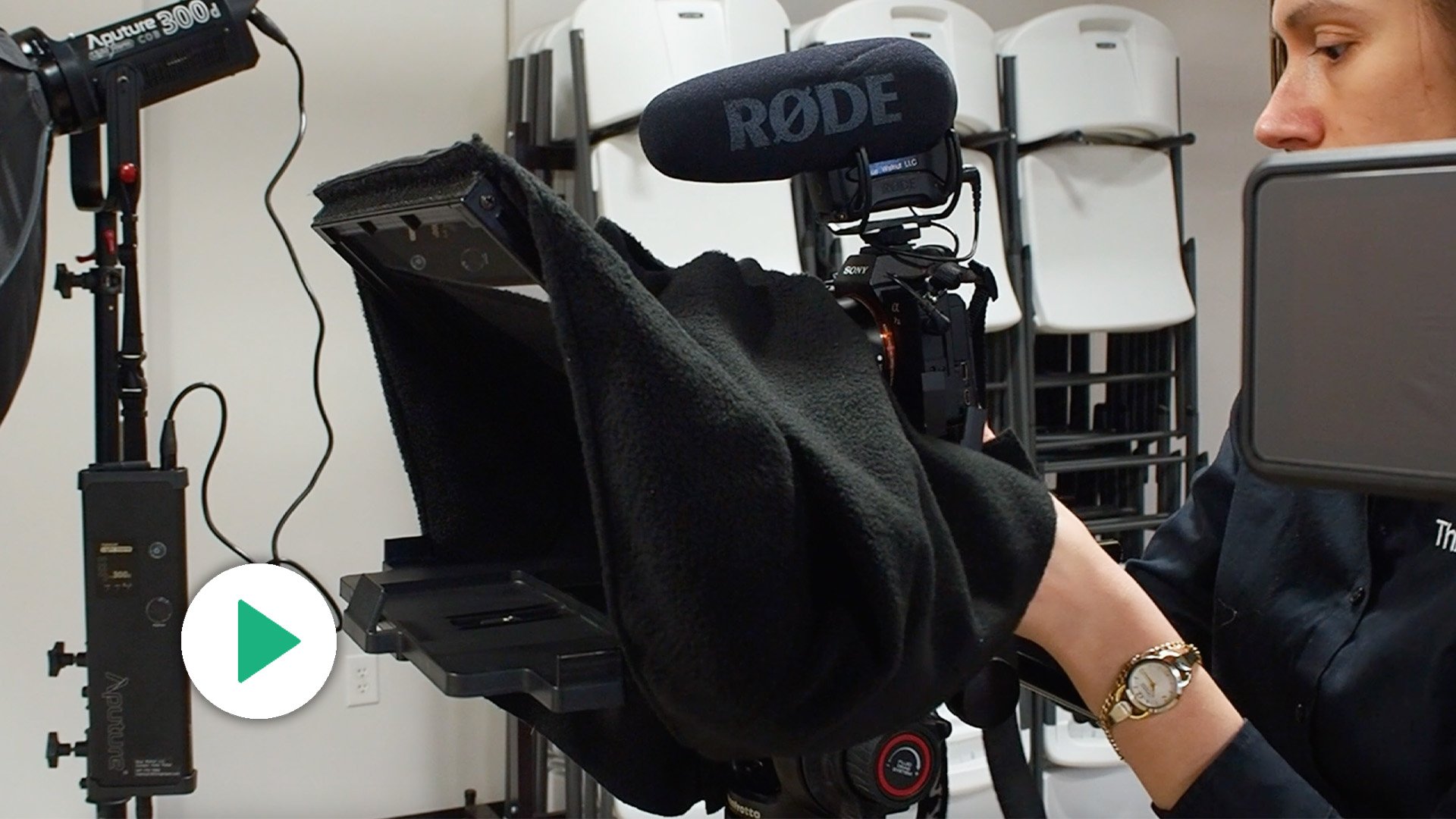
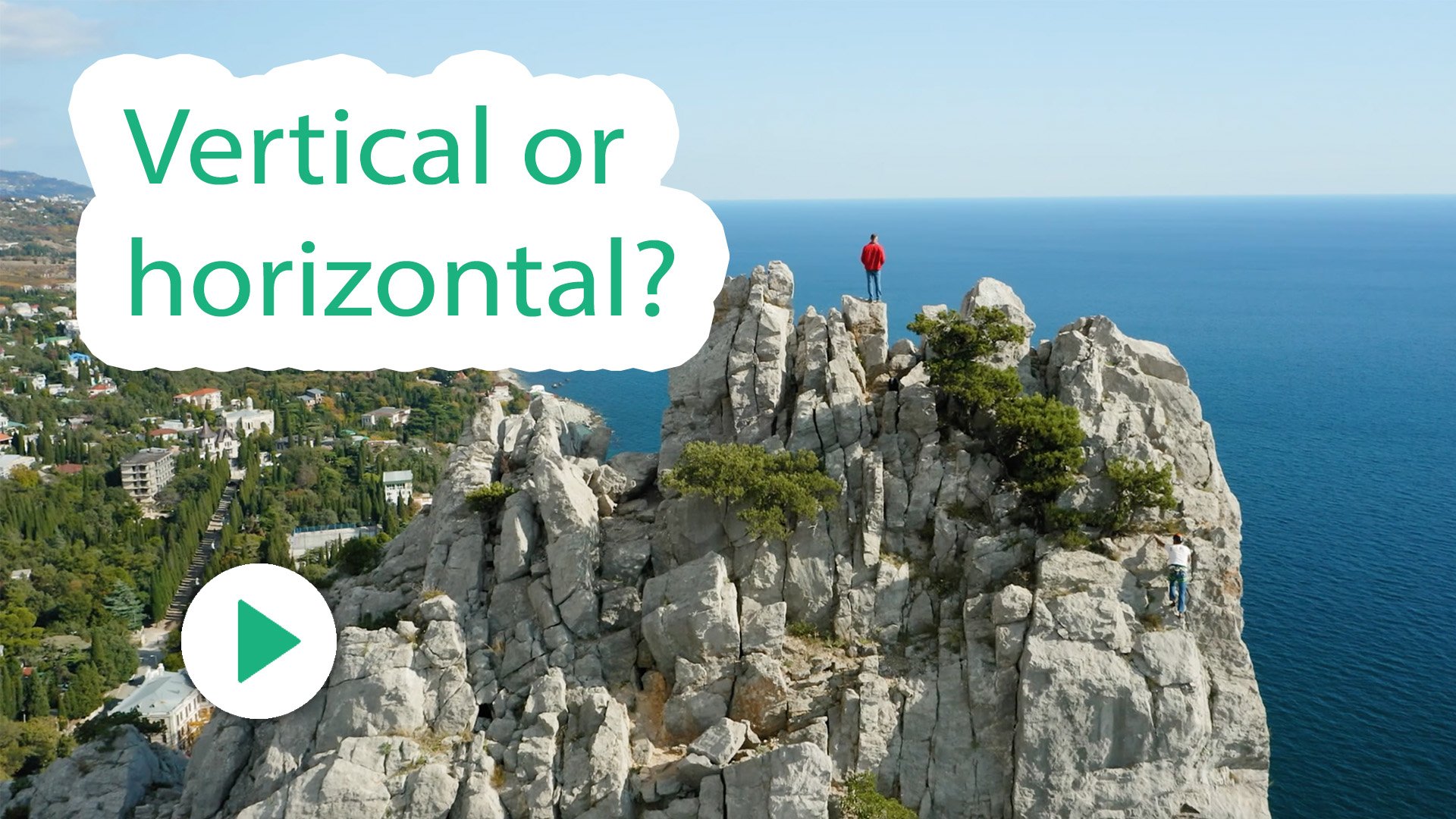





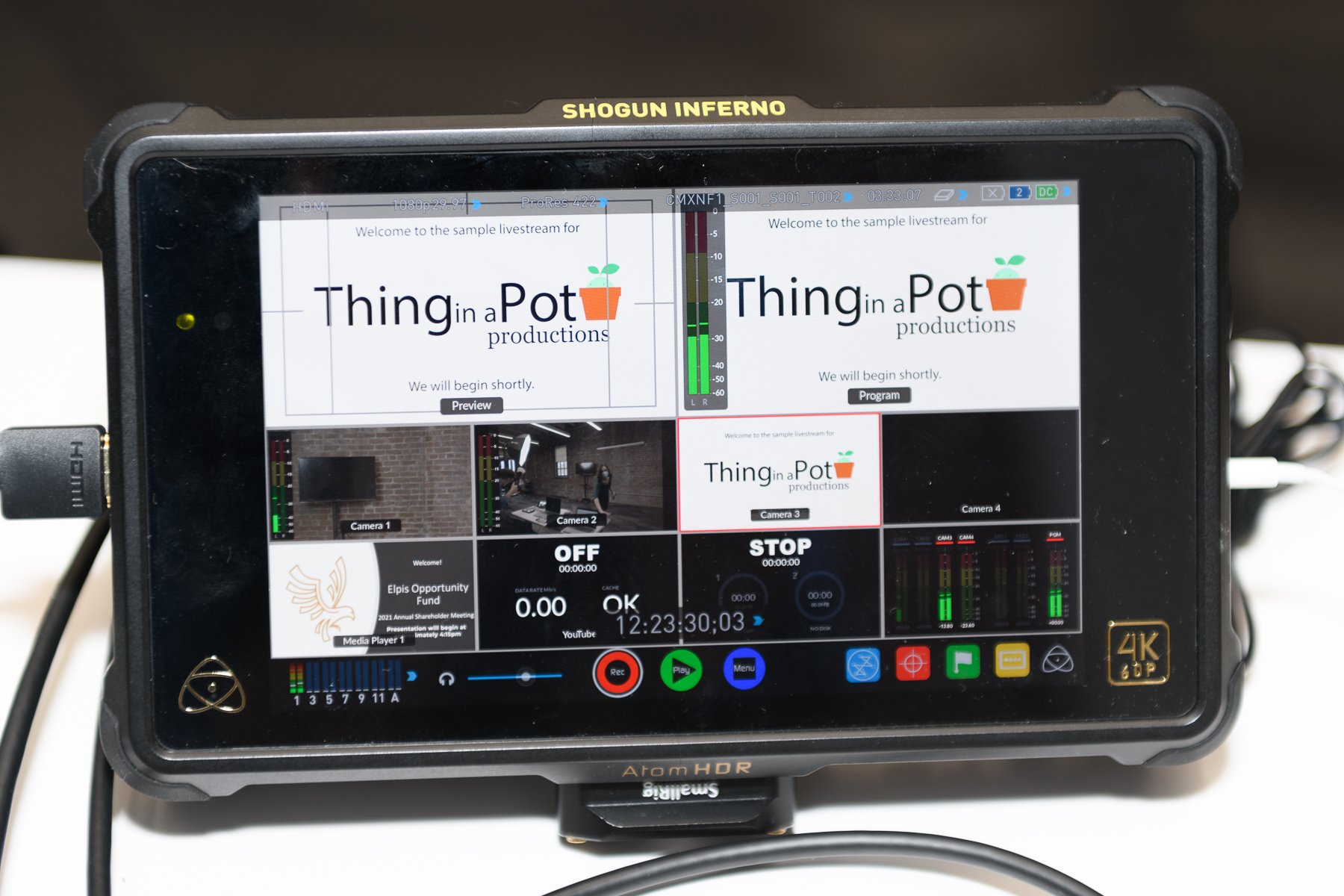

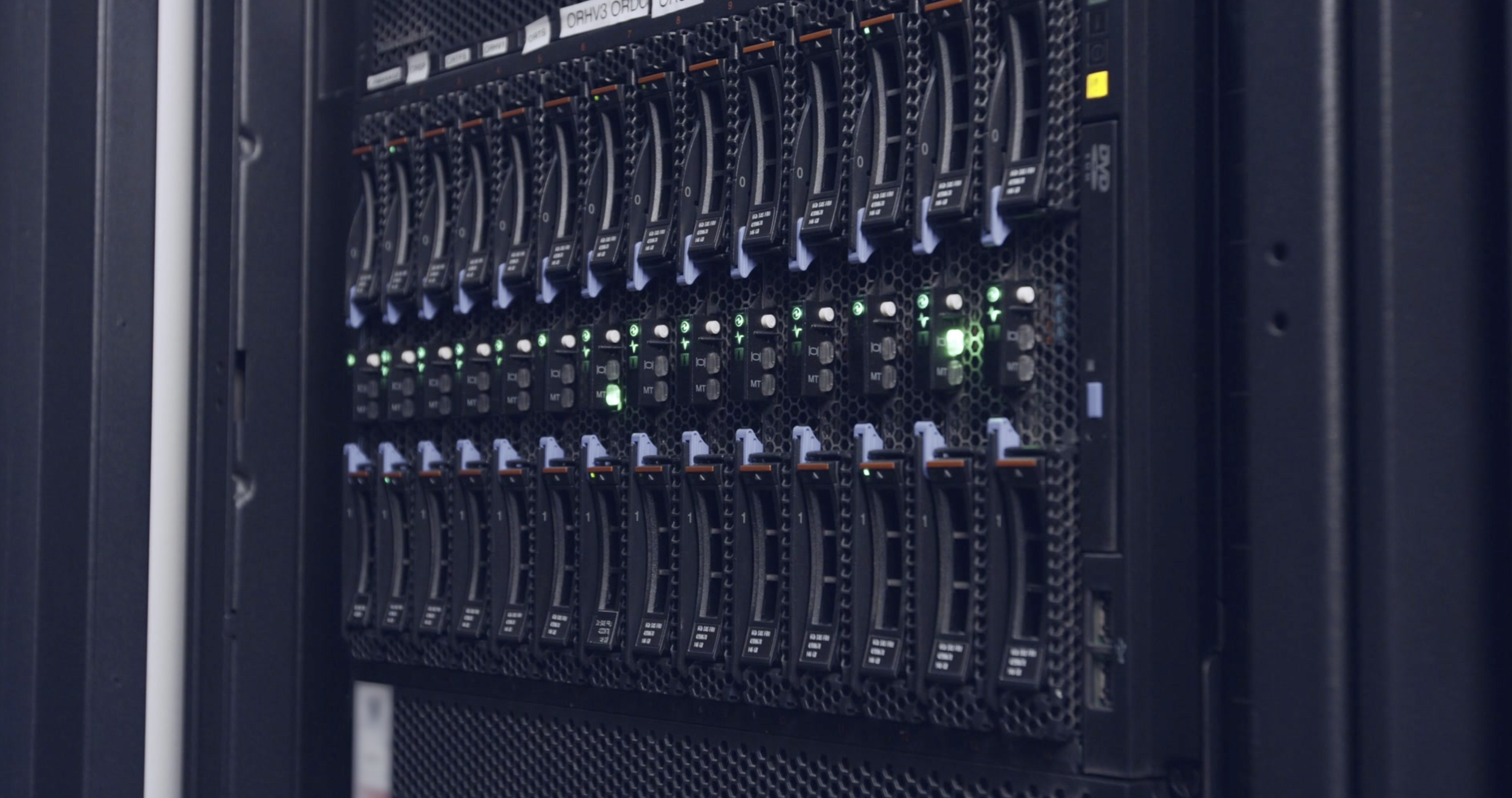















Using two or more cameras - called a multi-cam setup - is extremely popular, but is it worth the money?